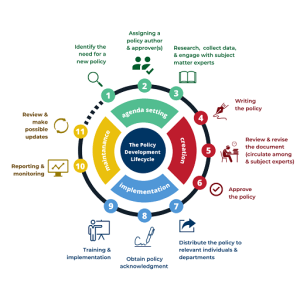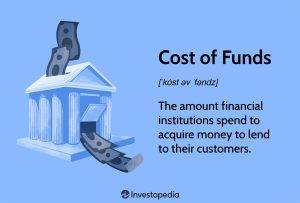The World Bank has a wide range of programs for SMEs, including SME credit lines and loans. These programs are aimed at reducing credit costs, improving lending practices and enabling small businesses to expand. These programs provide assistance to businesses in many developing countries, including Kyrgyz Republic. The World Bank works with local organizations to improve the lending process. These organizations work to improve access to small business financing, and they also provide training to small business owners.
Sample

The World Bank’s SME Finance sample shows that private investment is a vital component of growth in most developing countries. This is despite the fact that the sample is limited in scope. The sample consists of a diverse range of countries, ranging from India to Brazil. The sample aims to demonstrate how public and private investments interact to create greater economic development for SMEs. This study also highlights the importance of identifying the right source of finance.
Policy framework

The World Bank SME Finance policy framework outlines three principles to improve the finance system for SMEs. First, the SME must have access to adequate funds to grow. Second, the lender must be able to assess risk and price finance to meet the SME’s needs. Third, the SME must be working in an industry that offers sustainable returns on investment. Finally, the SME must have a sound business plan and administration. The study also analyzes the impact of macro-environmental factors on SME finance.
Funding sources
In today’s global economy, SMEs are a vital part of the development process and need access to adequate financing. As such, it is essential to maintain a stable supply of funding for SMEs, especially during times of crisis. For instance, the recent pandemic COVID-19 has affected SMEs globally. The long-term impact of this epidemic on SMEs is not yet known. This has led to a call to increase access to finance for SMEs.
Cost of financing

The World Bank provides a range of business finance products for small and medium-sized enterprises. Depending on the type of business, these products may help SMEs expand their production, increase sales, or cover operating expenses. World Bank loans typically have shorter tenors than commercial loans and can be used to support investments, exports, and growth. Some SME financing options include partial credit guarantees, which facilitate access to finance for SMEs. Early-Stage Innovation Finance provides debt and equity to high-growth firms.
Monitoring cost
A new World Bank study examines the impact of credit risk on SME financing. The authors find that greater access to formal financing can increase employment in the MENAP and CCA regions by up to 16 percent. The study also finds that firm-level analyses show that giving SMEs access to formal finance leads to a one-percentage-point increase in employment and labor productivity. While this is a significant effect on the productivity of SMEs, it may be too small to make a difference.

